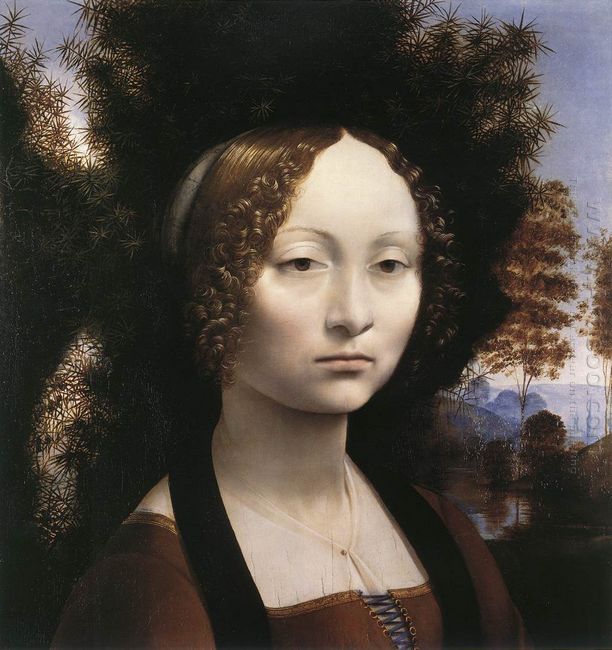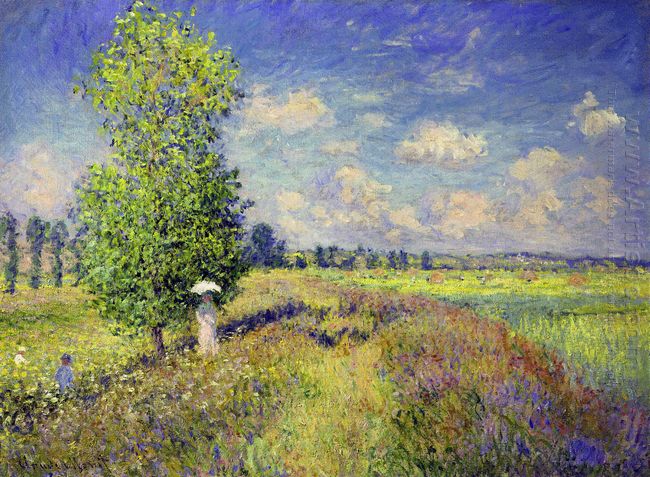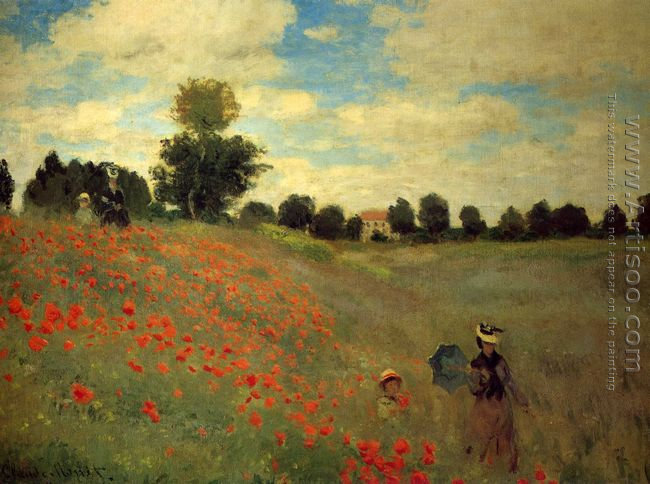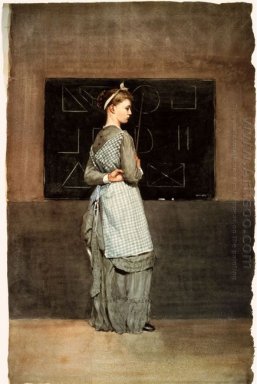Portrait of Ginevra Benci was the only portrait of da Vinci in Florence period. At that time, when the young girls got married, they would draw a portrait as a souvenir. Unfortunately, the bottom of this painting was cut due to the damage. That part may be the arms of this young girl whose posture was perhaps similar to Mona Lisa after 30 years. One of the greatest masters Leonardo da Vinci in the world painting history only left more than ten paintings. Portrait of Ginevra Benci was preserved in The National Gallery of the United States in Washington. It belonged to The Grand Duchy of Lechyden whose collection book marked its painter was Lucas Cranach.
At the end of 19th Century, art historians began to consider it as the last work of da Vinci. At the beginning of 20th century, many people expressed strong doubts. They thought that the woman's face was too clumsy and awkward and the standard was less superior to other works in the same period. Art historian checked relevant historical materials of da Vinci and other related people’s notes, letters, poems, court records, tax records, etc and analyzed the pine and cypress (the pronunciation was very close to Ginevra) behind the woman. Then this picture was related to the daughter Ginevra Benci of the banker in Florence in Italy and thought the portrait of her marriage or engagement painting. Therefore this painting was named as Portrait of Ginevra Benci.
This painting also left us much space to imagine. Some people even think that, if its lower part is not cut, this work is possibly as famous as Mona Lisa. If we carefully appreciate this work, we can find the eyes of the heroine is full of sadness and vacancy. Maybe she is worried about whether her husband is young, old, ugly or handsome. The shading is used to strengthen the three-dimensional sense instead of the lines. Da Vinci’s greatness lies in his tactful treatment of one centimeter space between her sheer and chest ring.






